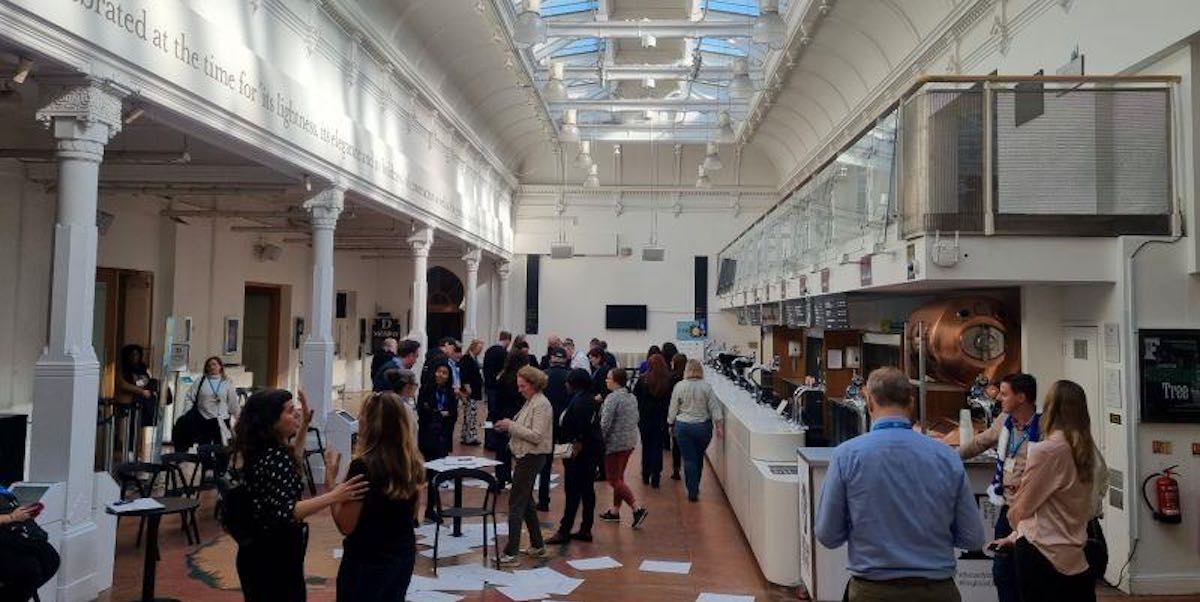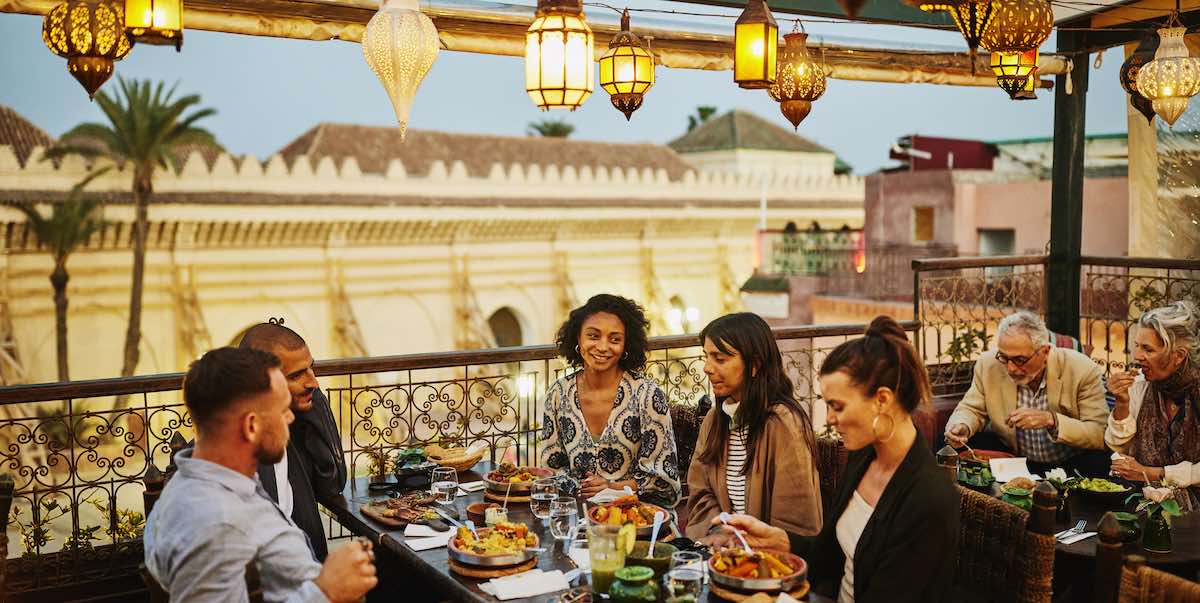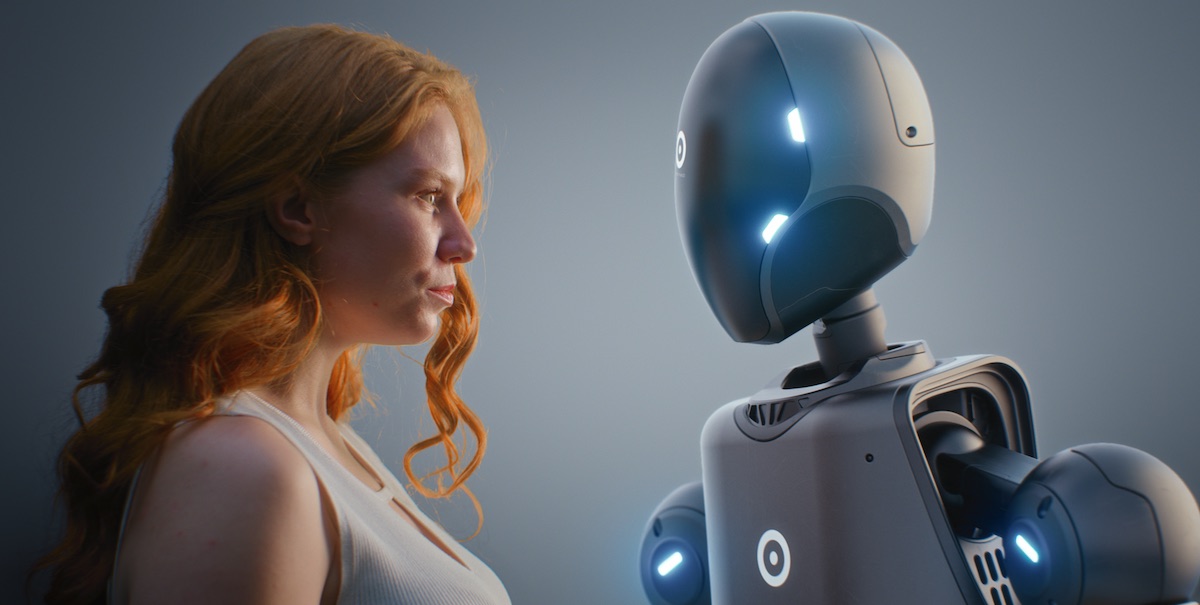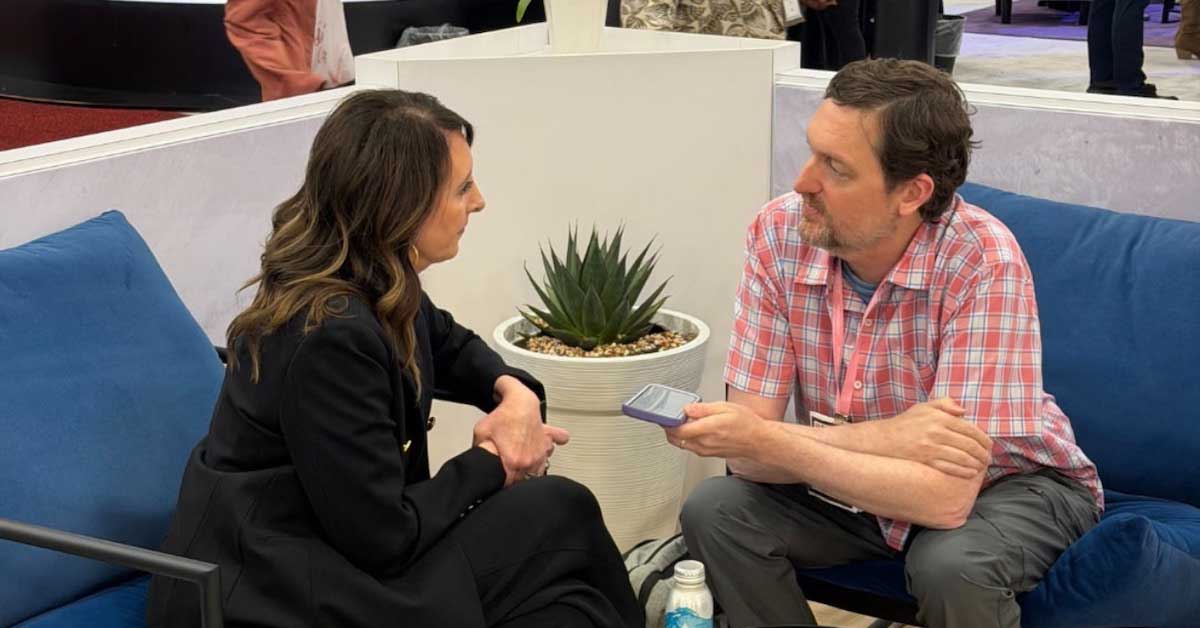"Meeting Futures" was one of the three pillar learning journey sessions offered by EMEC 2023 in Brighton, UK, this March.
Slipped away from the uber-traditional stage and audience of the windowless conference into the heart of the bohemian Brighton Laines bathed in rare spring afternoon sunlight. A brightness and lightness matched by our popular venue the Brighton Dome. A fittingly re-purposed cultural icon originally designed to house the Prince Regents Horses in 1804, celebrated for its lightness, elegance, and boldness, a working venue now full of EMEC event professionals.
We shared an experience, a tour around this historic venue of many parts. It was cool. It will be the next site of the immersive art Techfest of the “Vincent” installation, it was the launchpad for Abba winning Eurovision with “Waterloo” (there was singing). Our show round coincided with a live soundcheck for that evenings “Death Cab for Cuties” gig. It was such a great scene-set, it created a mood of possibilities.
The session was a full-on crowdsourced workshop, an experiment as a culture collision with the near future. A messy-thinking-out-loud working session unleashing the power of meetings with the power of us. Designed to unleash the skills and knowledge - and crowdsource how to build community, flexibility, identity, and empathy into the culture and infrastructure of meeting futures.
METHODOLIGY
Workshop order was based on four pillars, community, flexibility, identity, and empathy, borrowed from heavy investment in the co-working office space. Strategies around models of reusing and adapting aging building stock and the creation boutique office space with a strong identity to create high-performance meeting spaces.
Workshop design was based on rapid prototyping design sprint formats prompt and response. We increasingly live in a world of prompts. The blank letterbox of a white Google homepage, text to content, text to visual AI, or voice to AI. Each begins with a human issuing a "prompt" action the "response" action will shape around. This was our design format.
Our delivery method was large scale recycled paper pads for our prompts and responses. Borrowing the utility and familiarity of the blank Google white space of possibilities reimagined as an accessible analogue format. Anyone could do this, anyone could be creative, anyone could respond and join in with the chaos.
Outcomes require order out of chaos.
Four simultaneous 20-minute design sprints on each of the four-pillars community, flexibility, identity, and empathy topics – each topic “response” table surrounded by topic “prompts” scattered on the floor. Prompts on the floor, responses layered on the table growing with each group visit.
Outcomes would be assembled and laid out for the crowd to photograph, their communal storyline or infographic documenting the crowdsource session.
Again, our amazing location shaped this, with a mezzanine affording arial photography of our infographics and inspiration to design with “lightness, elegance and boldness.”
LEARNING JOURNEY
The 80 minute rapid prototyping began like most workshops, a confused room of strangers trying to figure out who was who, what was happening and where to start.
It was a big group, we expected 20 or so, we got three time that and they were amazing. Our multi-skilled attendees quickly became participants, they formed their own four groups, hierarchy-less, and hit the ground running. They worked so hard and so quickly they rapidly took ownership of the process and were skilled and confident enough to form their own group versions for idea generation.
Within 6 minutes, raised voices, frantic scribbling, recycled paper was everywhere. Interruptions and shouting (thanks Alex) to stay in same groups and change topic tables every 20 minutes.
This is what happened.
COMMUNITY
The human perspective, the evolution of meeting culture.
The group saw this as a big topic. It was the pillar that solicited the most ideas for future meetings. The responses were solidly human-centric and human-considered around the inner-architecture of the human participants.
Where does the meeting start, they asked, where does the meeting responsibility and accountability begin and end? They went granular on pre-meeting communications, universal on access and expectations and used Ai to boost bonding and belonging.
The granularity extended to the community segmentation and integration, but carefully nurtured under the umbrella of a common goal. Analytics as shareware across the community for better understanding and better inputs as an edge for the future.
Societally, local integration was seen as a source of shared pride and inspiration (like for us in the Brighton Dome) for meeting design inspiration. This was applied both to face to face and a huge source of content for reaching beyond via social media channels already used by the community as a space for peer-to-peer education and inspiration.
They really wanted to make this better. Better sources, better thoughts, better questions, better answers, better habits, better results. Learn more, the edge is in the inputs, the understanding of your communities.
FLEXIBILITY
The infrastructure perspective. The evolution of the physical meeting space.
“Ephemera” was one beautiful response. Ephemera – items designed to be useful or important only for a short time – a one word meeting design manifesto.
The group deconstructed the use of “space” beyond a meeting, as a challenge space or a performance space, adaptive, intentional and responsive. Lead by our venue inscription overhead they also defined the space with “lightness and elegance” and would have to be simple and direct to deliver such “bold” resources.
Less was more popular than more. A tech free white space was favoured, personalised with the “cloud” BYO ethos. Pop-up spaces, outside spaces, empty spaces, blank google-home-page-spaces that deliver flexibility. Ultimate prompt and response.
Elegant ephemeral spaces open to surprise and delight and is some cases – escape.
IDENTITY – BY DESIGN
The purpose perspective, critical in a rapidly changing landscape, a meeting identity.
Another big topic. It was the pillar that solicited the second most ideas for future meetings. The group took on future meetings “meaning”. One described it as a “Swiss-knife” approach that meant something to everyone, “uniqueness” said another, belonging driving loyalty “feels like home” scribed another.
Somehow toilet experiences got into “Identity” – but the group were seeing feelings as facts and that is powerful. They saw identity as and emotional connection, an input edge, knowing your audience and being trusted to guide change.
This is a superpower. If a meeting (or event) has a solid identity (like a trusted brand) it becomes a constant in a world of change, a safe space where it is easier to inspire change.
Be bold with identity.
WELLBEING – BY DESIGN
The listening perspective, the evolution of meeting empathy.
“Come as you are” was one response “tell your story.” The group interpreted this pillar through the voices of the participants, a meeting as a safe space a lightness and freedom of cultural expression over infrastructure. Think of it as the space (personal) within the space (meeting).
Confidence of knowing. Beyond the functional even considering a dress code (more dress mode) can be stress inducing and prevent young event professionals from attending.
Outwardly, the group struggled the most with this pillar. With a little more understanding I can see the group placed their responses in the other pillars, “community, flexibility and trust of identity.” The value of understanding and Inputs again, knowing and nurturing your meeting audience and offering the granularity to the community delivery with different route maps towards the same common goal.
MEETING FUTURES
80 minutes later, we shared water, the odd wine (we were in the bar) and tried to figure out what we’d done. Kim Myhre, who’d been the EMEC curator, did the honour of a recap before we hugged, photographed, and reflected.
We have a fuzzy vision of what a meeting of the future looks like, but do we know what it should feel like, and feelings are facts.
“You know... I wish people would write just one word on each paper,” said Miguel.







